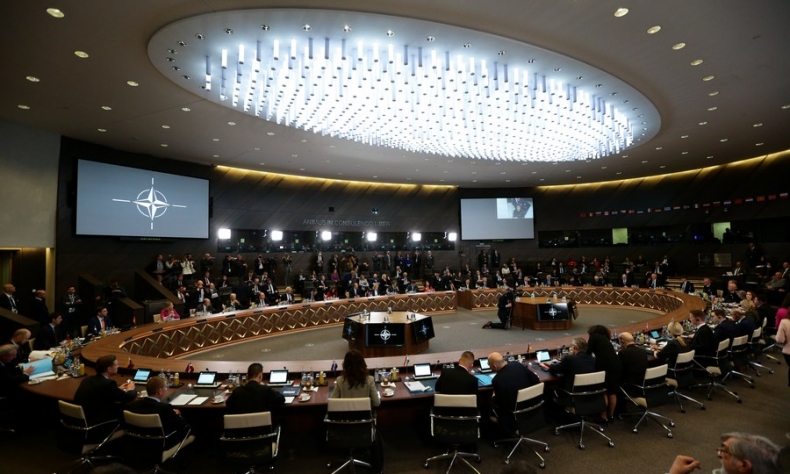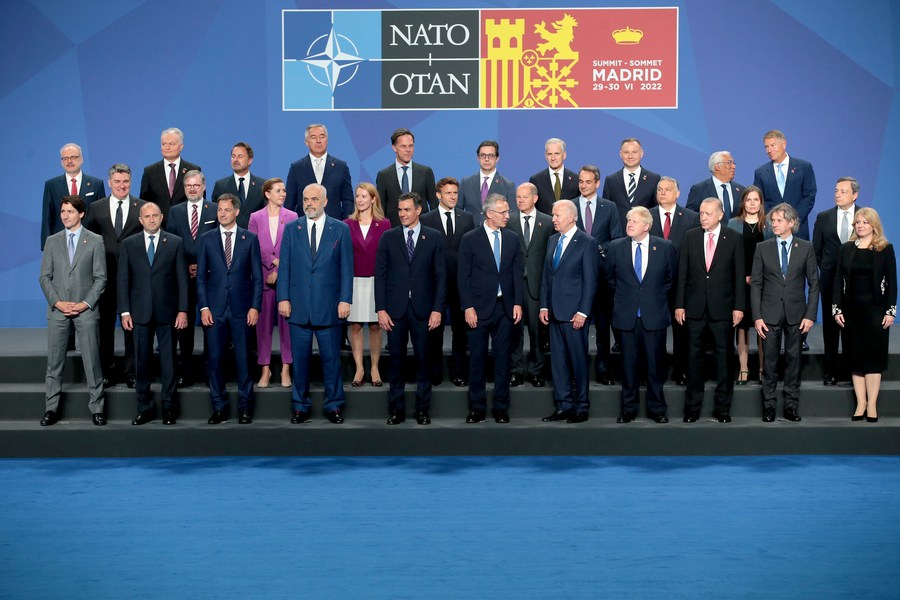The Price of Protection

With the U.S. seemingly making a strong international comeback, Europe’s efforts to free itself from American reins are once again overshadowed. The question remains, who will benefit most from NATO’s continuous expansion? Not Europe, that’s for sure.
Ending decades of neutrality, Sweden and Finland are now on the cusp of joining NATO. This development occurred during the military alliance’s summit in Madrid, Spain, on June 28-30, one of the most consequential meetings in seven-plus decades of NATO history.
Sweden and Finland both announced their membership intention in May, after the outbreak of the Russia-Ukraine conflict in late February caused a sudden shift in attitudes toward joining the bloc.
NATO’s core principle of collective defense means that an attack against one member is considered an attack against all members.
However, this protective umbrella comes at a cost. In 2006, the bloc’s defense ministers agreed member countries should commit a minimum 2 percent of their GDP to military expenditure and undertake a series of obligations.
Currently, only one third of NATO’s 32 member states have fulfilled the spending requirement.
Sweden’s defense budget, though increasing year by year, accounts for only 1.3 percent of GDP. The Swedish Government has said it will increase military spending as soon as possible, even though the hike in this expenditure will require budget cuts in social welfare.
During Donald Trump’s administration, the U.S. repeatedly pressed other NATO members to increase their military spending: to relieve the U.S. spending burden and to sell more “Made in USA” weapons to the European continent.
On February 27, three days after Russia moved its troops into Ukraine, Chancellor Olaf Scholz announced that Germany’s military expenditure would increase from 1.5 to 2 percent of GDP and at the same time allocated 100 billion euros ($102.5 billion) to the makeover of its armed forces this year. On March 14, Scholz said Germany would be buying 35 U.S.-made F-35A fighter jets.
On June 6, the Spanish cabinet approved the injection of 1 billion euros ($1.03 billion) into the country’s military budget. The one-time spending aims to cover the unexpected cost associated with the war in Ukraine, government spokesperson Isabel Rodriguez said. The increase also aligns with Spain’s promise to NATO to allocate 2 percent of its GDP to its military by 2029. Currently, Spain budgets just 1.01 percent of its GDP on defense, the lowest share of any NATO country—except for Luxembourg.

As the world’s largest arms supplier, the U.S. will surely be happy to see the increase in European defense budgets.
At the recently concluded summit in Madrid, leaders of member countries decided to expand the size of the NATO Response Force (NRF) from about 40,000 to more than 300,000 troops, with the reorganization to be completed in 2023. For NATO members, sharing this cost is another huge expense.
As an extension and development of the 1948 Marshall Plan, also known as the European Recovery Program led by the U.S., in the military field, the U.S. joined Western European countries to establish NATO in 1949 on the grounds of resisting the Soviet Union’s expansion following World War II and controlling the European defense system. After the dissolution of the Soviet Union in 1991, the foundation for the alliance’s presence ceased to exist, but NATO continued to expand eastward with Russia as its imaginary enemy, intensifying regional tensions.
In his 2019 interview with The Economist, French President Emmanuel Macron warned Europe “is experiencing the brain death of NATO,” believing there is little coordination in strategic decision-making between the U.S. and its NATO allies.
Macron has repeatedly proposed the formation of a “European army” independent of NATO to achieve self-defense. This initiative was also supported by former German Chancellor Angela Merkel; she emphasized Europe “must take its destiny into its own hands.”
With the U.S. seemingly making a strong international comeback, Europe’s efforts to free itself from American reins are once again overshadowed. The question remains, who will benefit most from NATO’s continuous expansion? Not Europe, that’s for sure.
 Facebook
Facebook
 Twitter
Twitter
 Linkedin
Linkedin
 Google +
Google +










